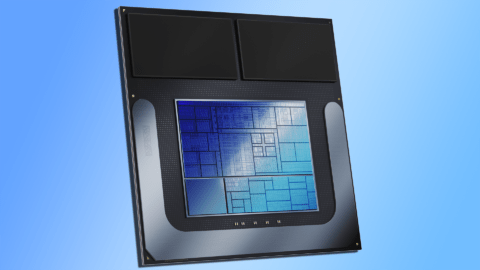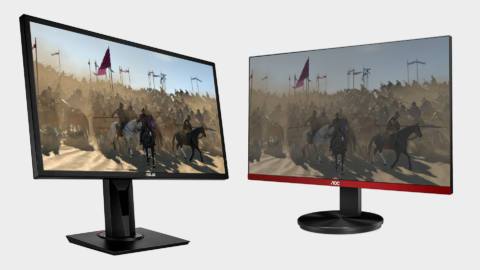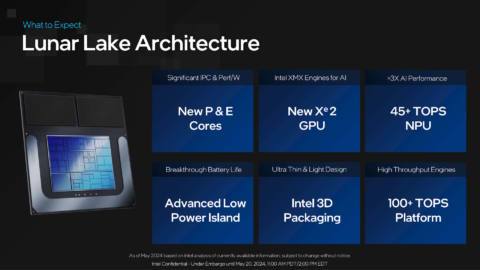Intel is ditching Hyper-Threading with its latest Lunar Lake processors. The simultaneous multithreading technology that has steadily delivered two threads per core for decades is being removed from its Lunar Lake processors in favour of more power efficient P-cores and relying more on E-cores for multithreaded performance, as previous rumours had suggested.
“We can scale using E-cores and therefore we have decided to actually not use Hyper-Threading,” says Intel's Arik Gihon, lead client CPU SoC architect.
It's a “good trade-off”, I'm told, as the Skymont E-cores are effective for multicore performance. Lunar Lake has four E-cores, located on the new Compute Tile with a Low Power Island complex, and these are prioritised first by Thread Director and the OS for workloads.
Intel argues that a hybrid architecture using Thread Director—i.e. Lunar Lake, Meteor Lake, and any desktop chip post-Alder Lake—will prioritise physical cores over threads, which reduces the need for Hyper-threading.
“Our E-cores are getting so good, we can deliver better than SMT, better than Hyper-Threading performance, without Hyper-Threading”, says Intel's Robert Hallock.
“We get so much more out of these cores.”

Many frequently used applications on thin-and-light laptops, Intel argues, utilise four threads or below.
That's an interesting take, most of all as we've seen the opposite being argued for increasing thread counts over the years. Though Intel isn't talking about games or intensive applications best suited to a desktop or a performance-first chip just—Lunar Lake is all about efficiency—though there are rumours of Arrow Lake desktop chips without Hyper-Threading, too.
The Lion Cove P-cores are reportedly tuned for single-thread efficiency without Hyper-Threading, which means a gain of around 5% performance/power and 15% performance/power/area versus the core with Hyper-Threading enabled. However, there is a reduction in performance/area of around 15%.

“Remember, Hyper-Threading doesn't come for free,” says Ori Lempel, senior principal engineer of Intel's latest P-core
“It replicates architectural state. It adds arbitration point along the pipeline. It requires various furnace mechanisms, and even dedicated security hardware.”
It's a trade-off, and one that Intel is willing to make for Lunar Lake and a low-power laptop chip. That said, Intel has a better idea of the benefits than we do. It's yet to share real-world battery benchmarks for Lunar Lake, only mentioning so far that Lunar Lake runs up to 40% lower SoC power than Meteor Lake.
How Lunar Lake shapes up in multithreaded performance versus Meteor Lake will be key to these claims. And whether that performance is justified by much extended battery life. Furthermore, how it stacks up to Qualcomm's new ARM-based chips, which are supposedly big on battery. That's surely what Intel is worrying about most of all.






